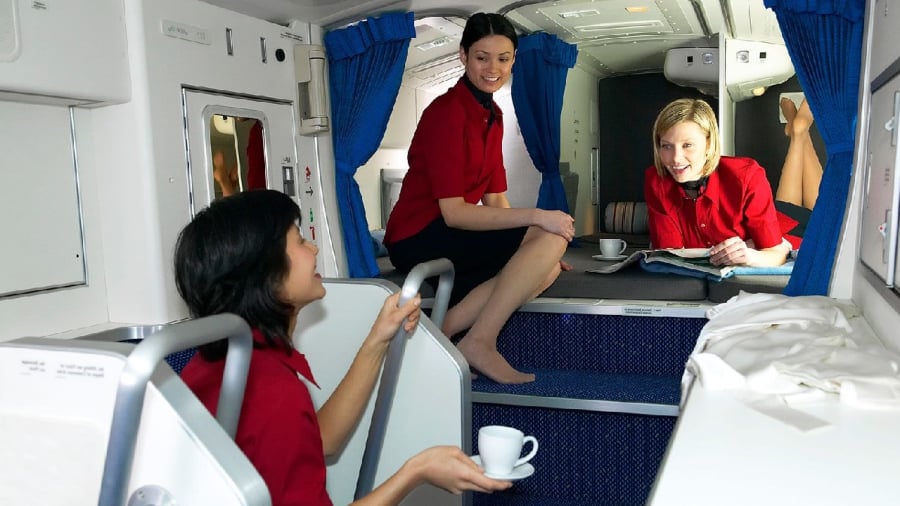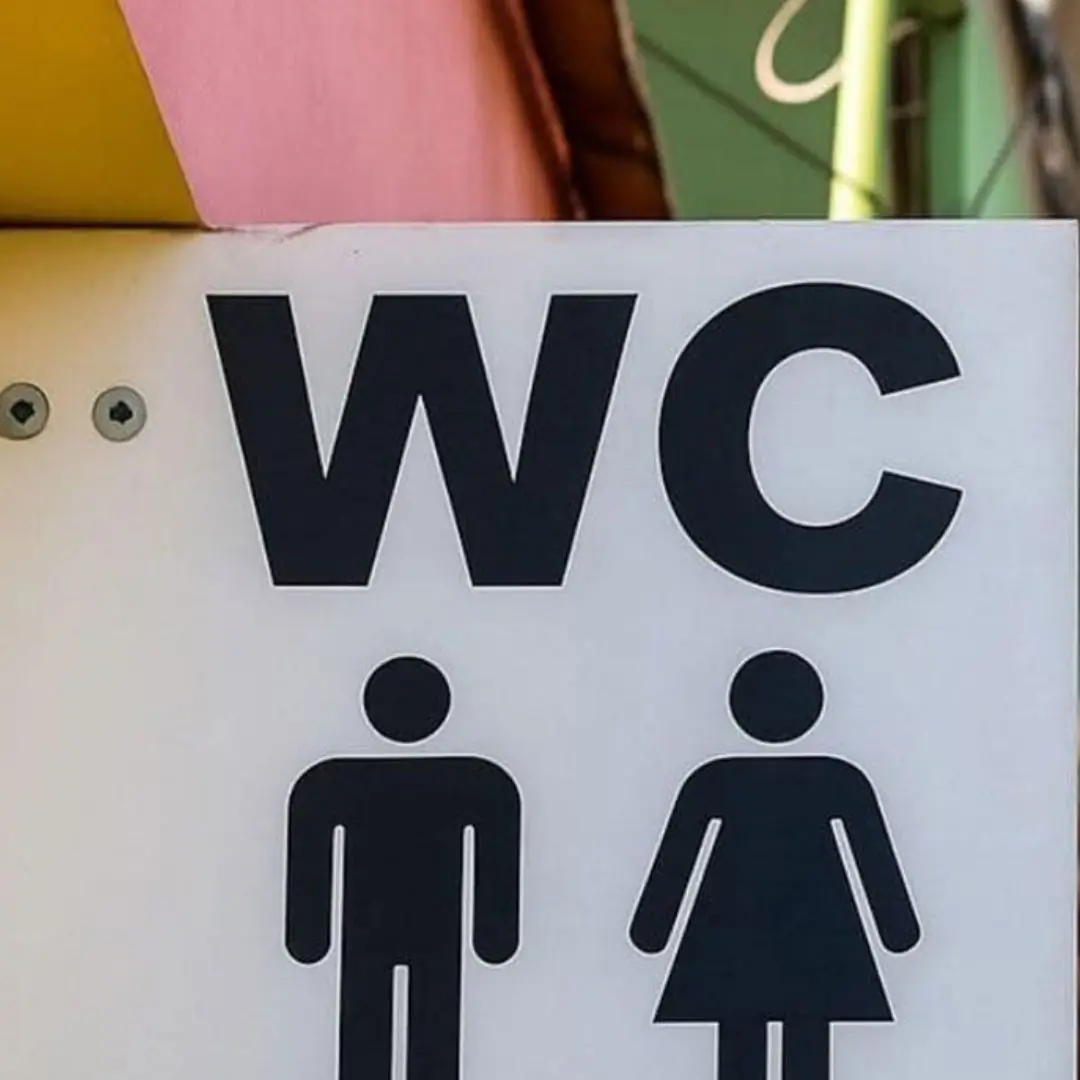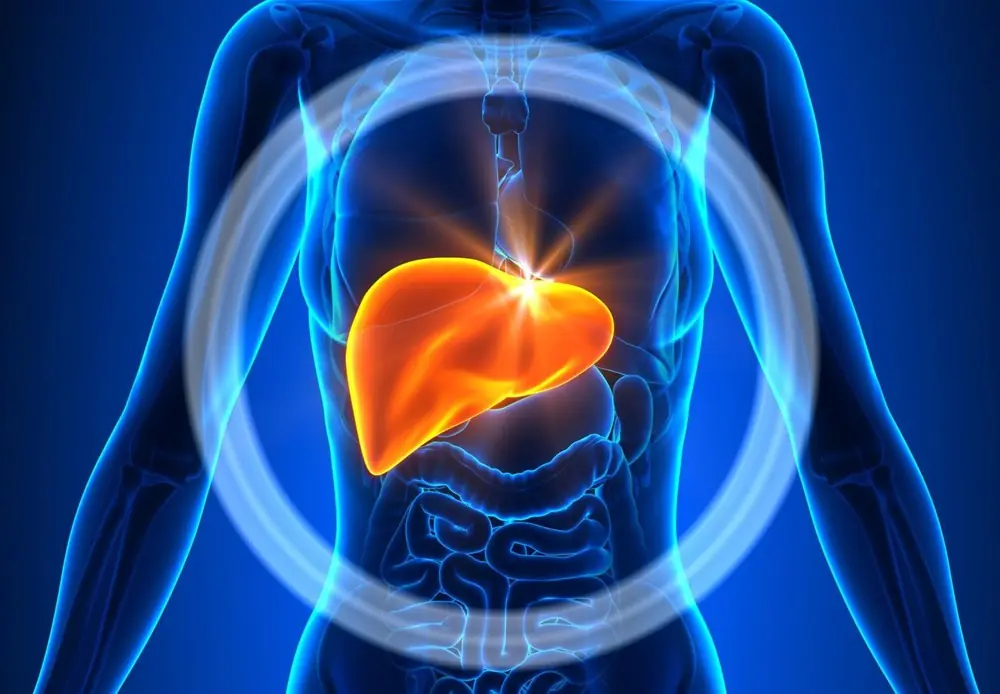
The Secret Language Between Flight Attendants and Pilots That Most Passengers Don’t Understand
The Secret Language Between Flight Attendants and Pilots That Most Passengers Don’t Understand
In the aviation industry, there are many codes and communication rules that might seem mysterious to passengers. Let’s explore what they mean.
If you often travel by plane, you may notice that flight attendants and pilots use special signals and ways of communication. During a flight, you’ll hear various chimes and see different light signals — but what do they actually mean? Which ones indicate emergencies or technical problems?
The Meaning of In-Flight Chimes
Many passengers assume that the chime sounds during a flight indicate a technical issue. In reality, these sounds are part of the aircraft’s internal communication system. They help the crew send quick messages without using spoken language — and can be heard throughout the aircraft regardless of position.
Commercial aircraft typically have two separate areas: the cockpit, where pilots work, and the cabin, managed by flight attendants. These two areas are almost completely soundproof, so the crew cannot simply call out to each other. Instead, they communicate through an interphone system, chime alerts, and light indicators. The chime you hear is part of this system.
The meaning of each chime may vary slightly depending on the aircraft model and airline:
-
One short chime – communication between flight attendants in different cabin sections.
-
Two consecutive chimes – the pilot is calling the cabin crew, or vice versa.
-
Three chimes or a prolonged tone – an emergency or urgent situation, such as a passenger with a medical issue or upcoming turbulence.
Cabin Ceiling Light Colors

The color of the cabin lights can also convey specific meanings. In addition to the familiar seatbelt and no smoking signs, there is often a small square light that glows blue, amber, or red — part of the Crew Call Panel system.
-
Blue light – a flight attendant is calling another flight attendant.
-
Amber (yellow/orange) light – communication between the cockpit and the cabin.
-
Red light – an emergency signal requiring immediate attention.
These lights usually correspond to chime sounds, helping the crew coordinate quickly and efficiently.
If you observe carefully, you can sometimes notice these light changes during your flight.
Other Common In-Flight Codes
You may also see codes like L1, L2, R1, R2 near the aircraft doors. These indicate positions: Left and Right, numbered from the front to the back of the aircraft. For instance, when the pilot announces “Prepare doors L1 and R1 for departure,” it means flight attendants must check and secure the front doors on both sides before taxiing.
The familiar “ding-dong” sound right before takeoff usually signals “Cabin crew, prepare for take-off.”
Small symbols like arrows or squares on cabin walls often mark important spots such as emergency exits, oxygen mask compartments, or fire extinguisher storage areas.
News in the same category


Is Drinking Lemon Water Good or Bad for Your Kid.neys?

Canned Beans vs. Dried Beans: Which One is Better for Digestion and Heart Health?

How Eating Eggs Improves Brain Health: The Benefits You Didn’t Know

4 Health-Boosting Benefits of Vitamin C You Need to Know

11 Telltale Signs That Your Dog Might Be Approaching the End of Their Life

Many people still have no idea what the abbreviation “WC” on restroom signs actually means

Can Fasting Help Fig.ht Can.cer? What Science Really Says About Intermittent Fasting and Recovery

Most people don't know the meaning of wearing an ankle bracelet

People Shocked to Learn Reason Public Toilet Doors Don’t Touch The Floor

The dark side of protein shakes: Too much protein can silently dam.age your kid.neys

Should you really eat an egg every day? Here’s what science says about cholesterol

Should you replace cooking oil with coconut oil? The truth might surprise you

A legacy of health: Soong Mei-ling – longevity and fight against can.cer

6 Health Benefits of Sleeping In a Cold Room and How to Make it Cooler- And Why You May Not Want to Use a Fan

What Happens To Your Body When You Drink Ginger Tea Every Day?

Why Coffee Is Called the Secret Anti-Aging Weapon for Women

What Really Happens to Your Body When You Skip Dinner for a Month

What those strange skin patterns might really mean
News Post

5 Simple Habits to Protect Your Liv.er and Boost Your Health After 40

Is Drinking Lemon Water Good or Bad for Your Kid.neys?

How Black Tea Can Help Lower Ur.ic Ac.id and Protect Your Kid.neys

Eat These 10 Superfoods to Speed Up Can.cer Recovery and Prevent Recurrence!

Stop Belly Fat Now: 3 Coffee Mistakes You’re Making (And How to Fix Them)

Canned Beans vs. Dried Beans: Which One is Better for Digestion and Heart Health?

10 Foods to Effectively Lower Bloo.d Sugar After a Meal

5 Simple Tricks to Crush Sugar Cravings and Boost Dopamine Without Cutting Sweets

5 Common Breakfast Mistakes That Quietly Cause Weight Gain After 40

How Eating Eggs Improves Brain Health: The Benefits You Didn’t Know

The Type of Meat That Spikes Ur.ic Ac.id and Accelerates Kid.ney Failure

4 Health-Boosting Benefits of Vitamin C You Need to Know

Protect your kidneys - choose your drinks wisely! Avoid these 4 ha.rmful beverages and hydrate the right way

Reason people get strange white bumps on their lips or private parts

7 scents snakes hate: Use them around your home to keep snakes away

11 Telltale Signs That Your Dog Might Be Approaching the End of Their Life

10 signs you’re living with clogged arteries

Doctors Warn That Unusual Odors in 3 Body Areas May Signal Liv.er Damage
